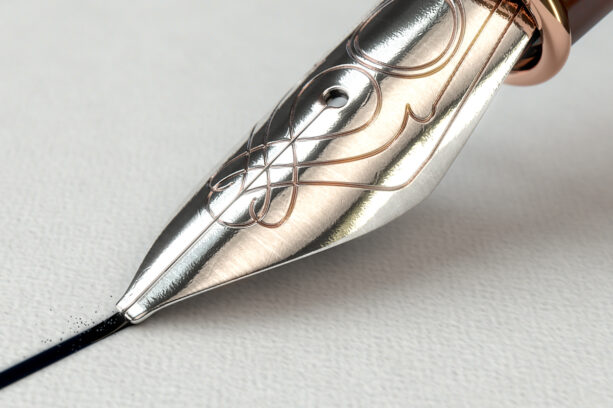A thorough inheritance tax plan can ensure your wealth goes to the people and causes you care about, so it’s important to plan as soon as possible. This guide provides a quick overview on the basics of inheritance tax and commonly asked questions.
What is inheritance tax?
Inheritance tax is a tax levied when your estate passes to other people after you die. Your estate is a combination of your worldwide property, savings and investments as well as other assets.
Not everyone will have an inheritance tax liability, and with careful planning we can aim to ensure that the wealth you’ve worked hard to accumulate remains intact upon your death.
What is the difference between inheritance tax planning and intergenerational planning?
Inheritance tax and intergenerational planning are inextricably linked, however they are distinctly different. Click here to learn more about the importance of these two key areas.
How much is inheritance tax?
Inheritance tax is usually charged at 40% on the value of your estate above the available nil rate bands.
Where you leave 10% of your ‘net’ estate (the value of your estate above the nil rate band) to charity in your will, the rate of inheritance tax levied drops to 36%. You can learn more about this in our Equinox article, ‘Turbo charge your giving’, starting on page 8 of this issue.
When is inheritance tax paid?
In your will, you will have appointed at least two people as executors of your estate. On your death, these executors are responsible for valuing your estate and reporting this to the HMRC (a process known as probate). Where inheritance tax is payable, they must also pay this within six months of your death before probate is granted.
The rest of your assets cannot be distributed in line with your will until probate is granted.
What level of assets are needed before I pay inheritance tax?
The value of your estate is the total of your worldwide property, savings, investments and assets. However, there are certain assets that are not included such as pensions, agricultural land and certain business assets.
Every individual in the UK has a nil rate band which is currently £325,000 (2020/21 tax year). So as a married couple, the first £650,000 of your estate is free from inheritance tax.
You may also be eligible for the residence nil rate band provided that the value of your main residence passes to direct descendants i.e. children or grandchildren. The residence nil rate band is currently £175,000 per person (2020/21 tax year). However, be aware that the allowance is tapered down for people with larger estates reducing by £1 for every £2 of your estate that is valued over £2 million.
Both the nil rate band and residence nil rate band can be transferred between married couples and civil partners when one spouse dies (subject to a maximum of two nil rate and residence nil rate bands).
Making gifts and the seven-year rule
One of the most straightforward ways to reduce a potential inheritance tax bill is through gifting.
The inheritance tax treatment of gifts can vary depending on the value of the gift and your personal circumstances and there are certain gifts that can leave your estate immediately without causing a tax liability. These include:
- Gifts to your spouse or civil partner.
- Annual gift allowance up to £3,000 a year. Should the allowance not be used in one tax year, it may be utilised in the next. However, you can only go back one tax year, making a maximum per individual of £6,000 in any one year.
- Small gifts of up to £250 per recipient are also free from inheritance tax.
- Gifts can be made in consideration of marriage up to the amount of £5,000 per child, £2,500 per grandchild or £1,000 for any other individual.
- Where an individual has income in excess of their needs, they may be given away free from inheritance tax as long as certain conditions are met.
Other gifts made directly to individuals, that are not immediately tax free, are classed as potentially exempt transfers (PET). There is no limit on how much you can gift, however, you need to survive for a minimum of seven years before these gifts leave your estate completely and are free from tax.
If you die within seven years of making a PET, it will reduce the value of the nil rate band available on your death, meaning there may effectively be inheritance tax to pay on it.
What about taper relief?
Taper relief applies where the value of a gift is greater than your available nil rate band (i.e. £325,000). Taper relief reduces the amount of inheritance tax on the amount above the nil rate band over the seven years following the gift. So, for example, if a married couple made a gift of £1m and they had their full nil rate bands the surplus subject to IHT would be £350,000. The IHT payable would be as follows:
| How long ago was the gift made? | How much is the inheritance tax reduced? | Inheritance tax payable (£)? |
|---|---|---|
| 0-3 years | No reduction | 140,000 |
| 3-4 years | 20% | 112,000 |
| 4-5 years | 40% | 84,000 |
| 5-6 years | 60% | 56,000 |
| 6-7 years | 80% | 28,000 |
| More than 7 years | No tax to pay |
What about gifts into trust?
Trusts provide the ability to make gifts whilst keeping an element of control over the money. Depending on the type of trust used, you can choose who receives the gift, when they receive it and what they can use it for.
You can also use certain trusts to make a gift and still benefit from the money. For example, you can choose to give away the growth and retain access to the capital or receive an income from the trust during your lifetime.
Similar to direct gifts to individuals, you need to survive a minimum of seven years before gifts into trust leave your estate completely and are free from tax. However, the most you can gift into a trust in any given seven-year period free from tax is the equivalent of your available nil rate band. Above this, you will pay inheritance tax during your lifetime at 20% on the surplus amount.
Trust planning is a complex area, so it is important that you seek professional advice to ensure that you are utilising the correct trust for your needs and circumstances.
To discover how inheritance tax planning could make your life better, get in touch here.




